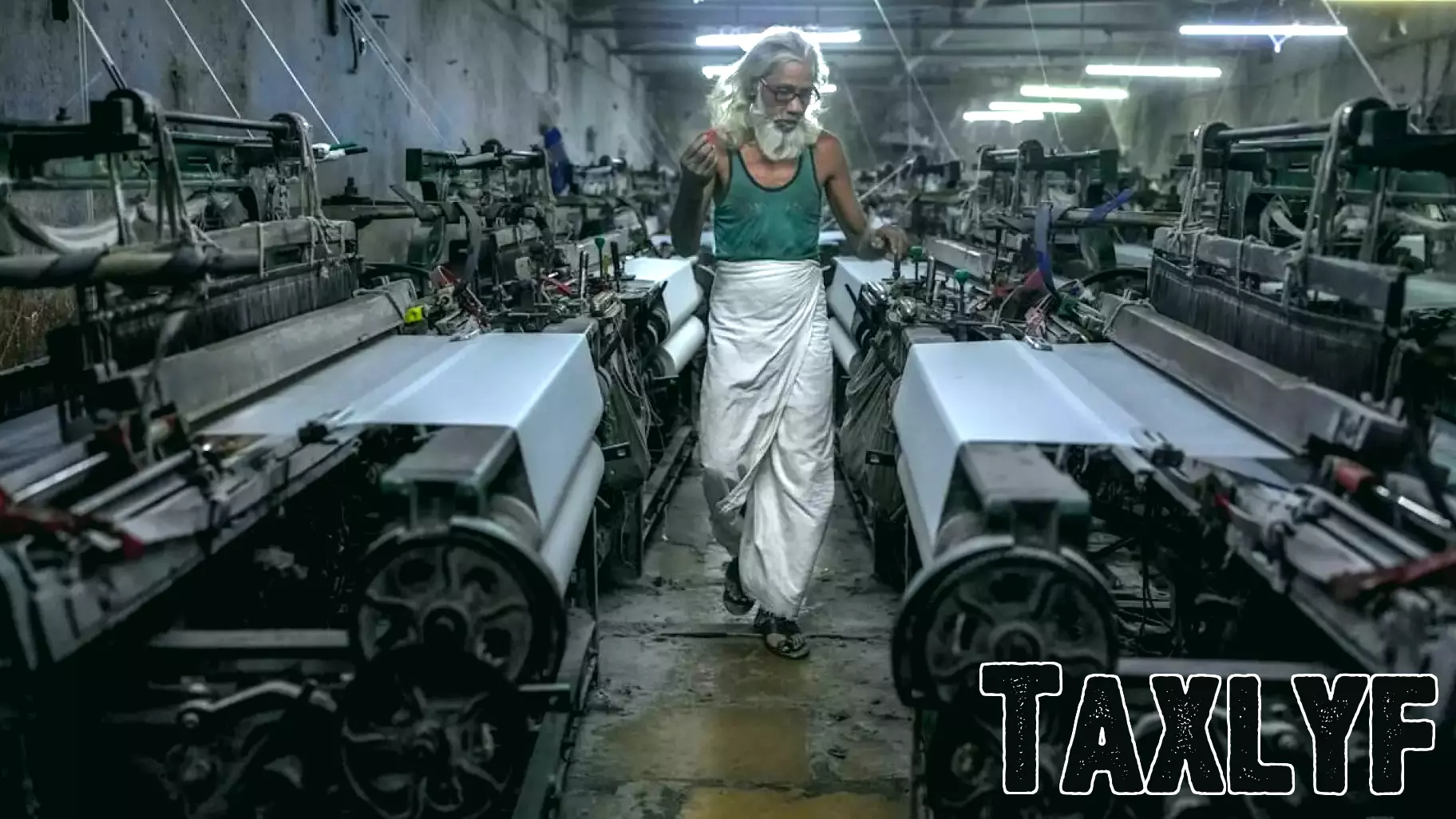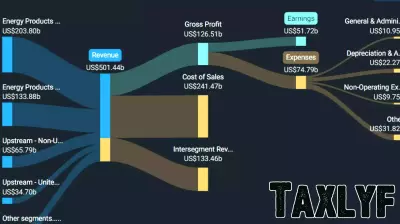March 21, 2025 - 10:10

Abdul Sattar stands amidst a cacophony of electric-powered looms, their relentless hum echoing through the dimly lit workshop. At 70 years old, with a flowing white beard and wispy hair, he embodies decades of tradition and hard work, yet his life has been spent in the shadows of these noisy machines. For much of his life, Sattar has endured 12-hour shifts in poorly ventilated conditions, a reality shared by many in the weaving industry.
When he first arrived in Bhiwandi as a 15-year-old, the weaving sector was flourishing, offering abundant job opportunities to unskilled workers from distant villages across northern India. However, the landscape has drastically changed. Decades-old weaving businesses now grapple with challenges that threaten their survival, including competition from cheaper alternatives and changing consumer preferences. The once-thriving workshops are now struggling to maintain their place in a rapidly evolving market, leaving artisans like Sattar to wonder about the future of their craft and the livelihoods it once sustained.



